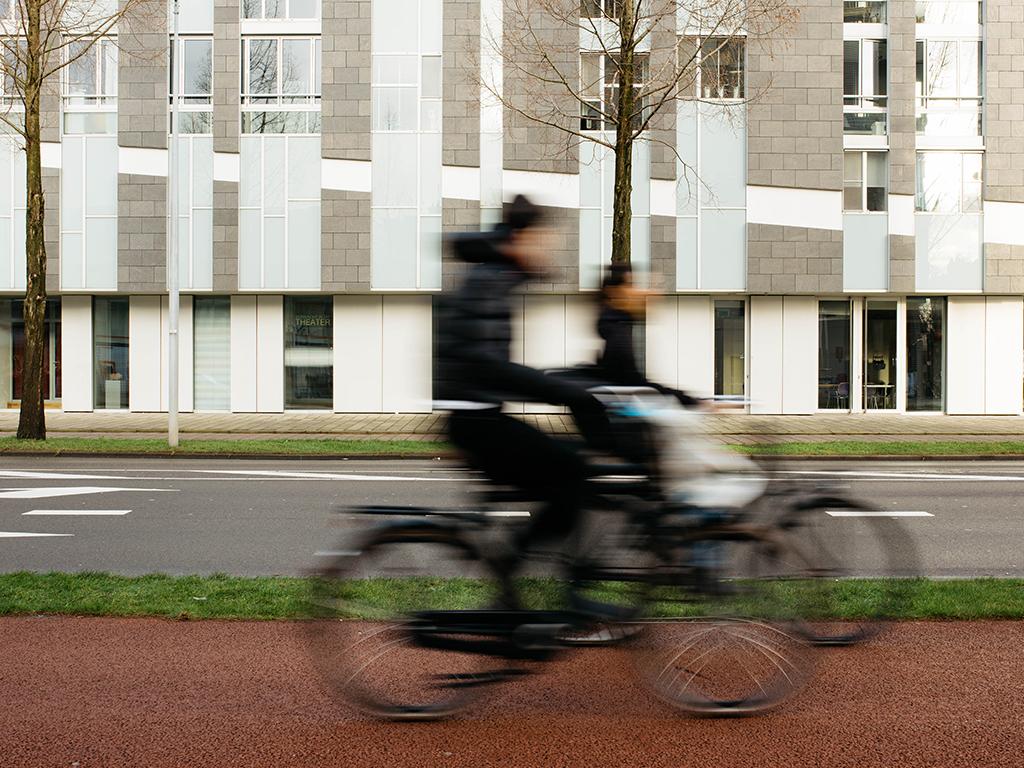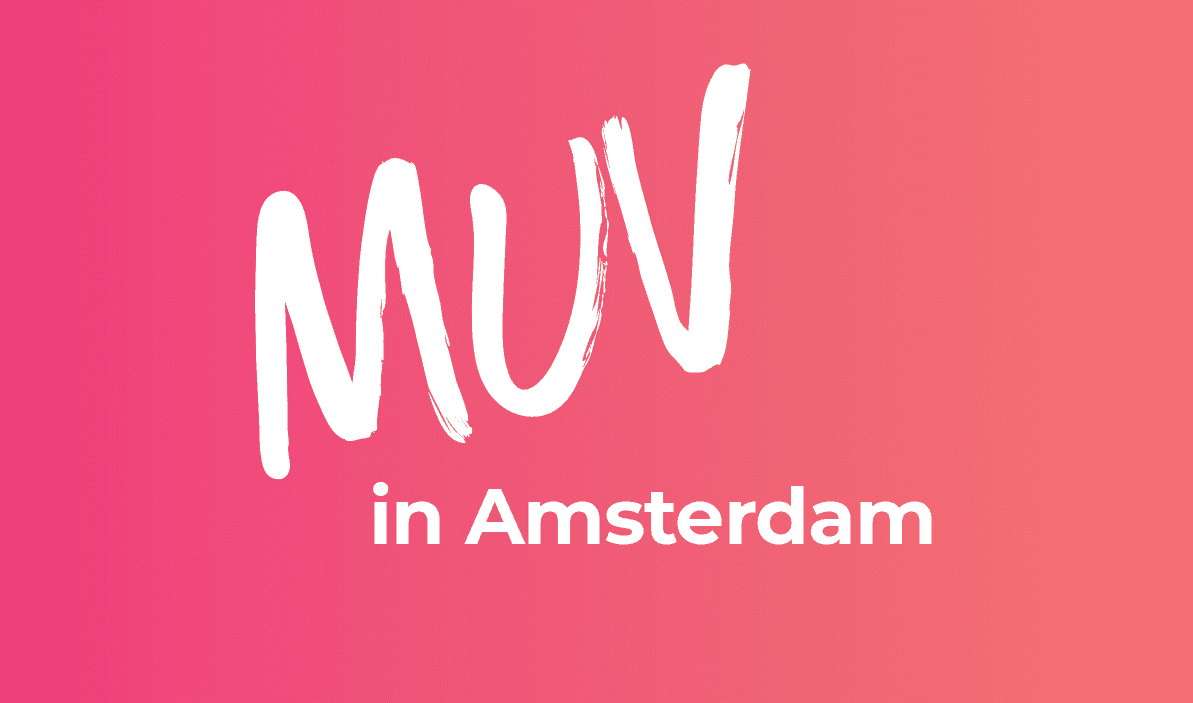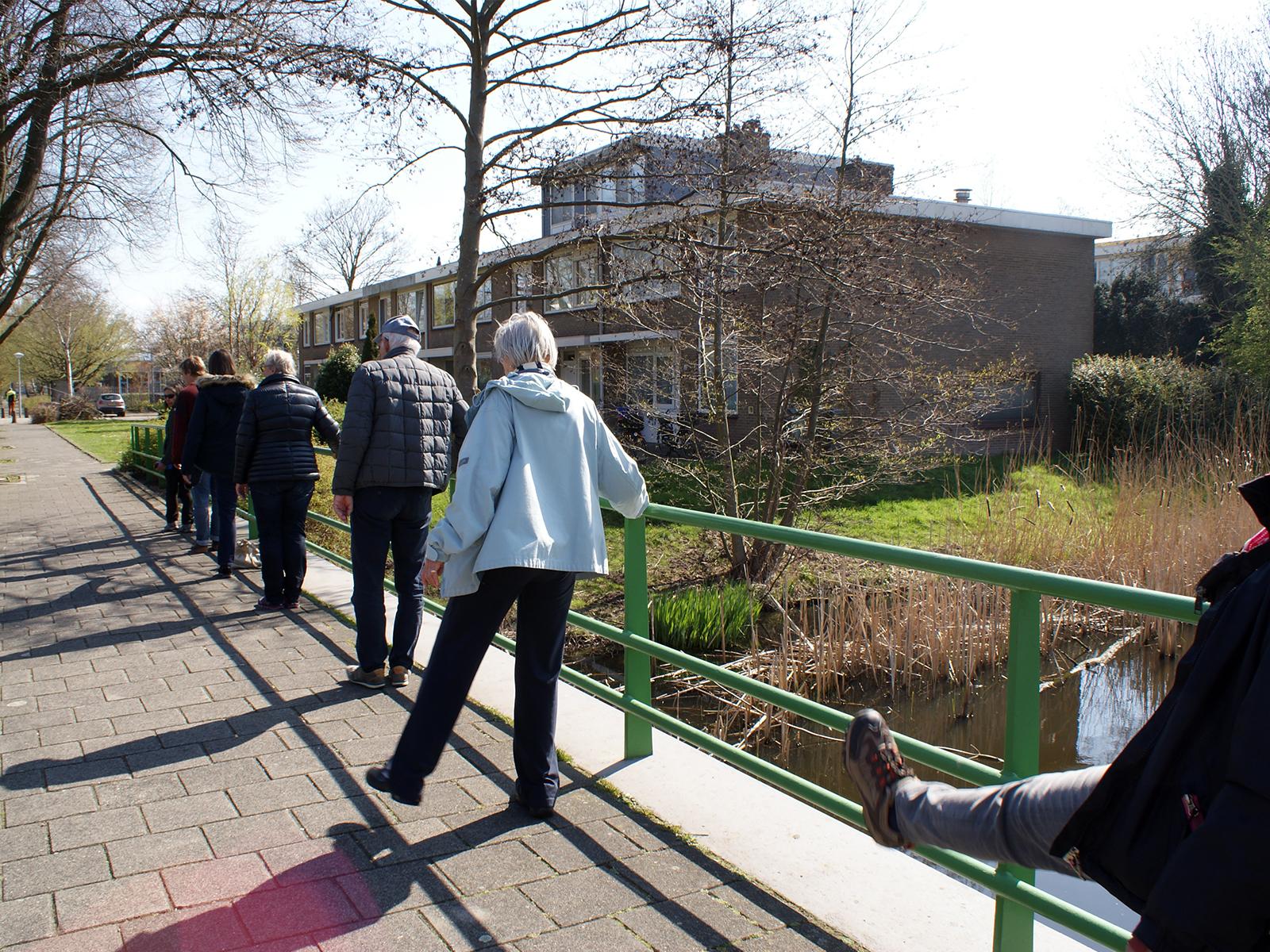Over the past four weeks, local residents and other stakeholders in Buitenveldert met to discuss the common values and apply them to the themes of sustainability and mobility through co-creation. This coincides exactly with the approach of the 'Mobility Urban Values' project (MUV), of which this pilot was a part.
In addition, the sessions were a way for the participants to get to know each other and the innovative companies related to this project. During the closing meeting, the group tested a first digital mock-up. The majority of the elderly viewed this on their own smartphone. The prototype, in the form of an app, is the first concrete step based on the concepts that emerged from the previous sessions.
Dinner as a neighbourhood activity
Organizing socially-stimulating activities came back in all three concepts created together. This made it possible to combine the desired concepts in one design. The submitted app is a platform for neighbourhood activities, in which the concept of the neighbourhood dinner has been functionally developed. Each participant is encouraged to take someone else with them, with special attention for residents who have poor mobility. They can indicate via the app that they need transport, so that other participants can offer them transport. In addition to the goals of being together and bringing together new people (an intrinsic value of Buitenveldert), a point system is used to reward active and helpful participants. The points can be redeemed for different but local benefits, such as a cup of coffee, bunch of flowers or discount voucher at the bookstore.
Critical look
Thanks to the curious and thoughtful attitude, testing the prototype yielded important insights. Obviously there were questions about the total functionality attributable to the imperfection of a prototype, but the elaborated functions also proved to be amenable to improvement. The most important points were transparency, information and communication. The explanation of functions was missed and the presentation of information must be short but powerful (scrolling is not desirable). The language could also be more personal. Moreover, the use of any smartphone app was called into question: why not just call or use the computer?
Game elements
In the first version, the game elements were received with mixed feelings. In addition to the points system, participants are encouraged via the app to sit next to strangers by making a puzzle out of the table. Both this function and the point system sometimes turned out to be distracting. At the same time, clarity and incompleteness also seem to play a role here: as soon as the function in question was clarified and alternatives emerged, it seemed to be of more added value.
Essential requirements from Buitenveldert
When we asked the participants to vote on the essential requirements for the final app design, the simplicity and self-evidence were clearly at the top. This was followed by the requirement that the app should bring people from different cultures together. A user-friendly wish that goes right to the goal: connecting people and culture, characteristic of the group of residents in Buitenveldert.
Perspective
Now that the meetings are over, it is on the one hand waiting for feedback from the input on a European scale, but on the other hand there is a solid circle of local residents who want to continue with a refreshing approach to promote the neighborhood. Until an actual app can be fed back, Waag will at least facilitate the communication of those involved.


